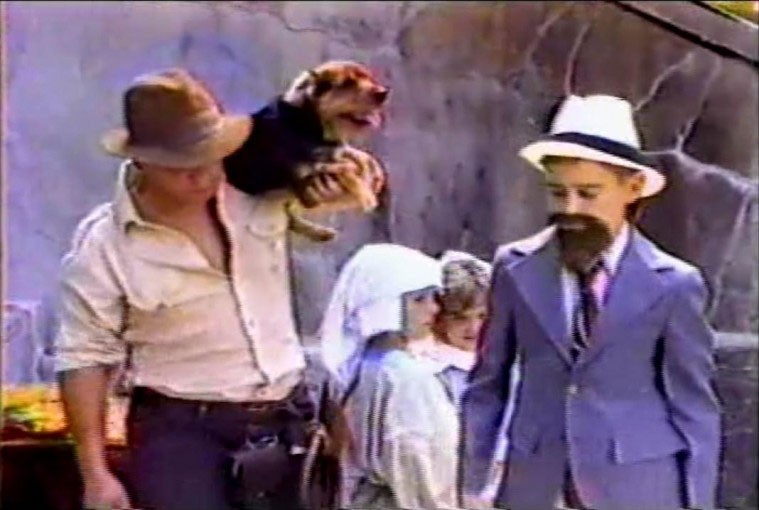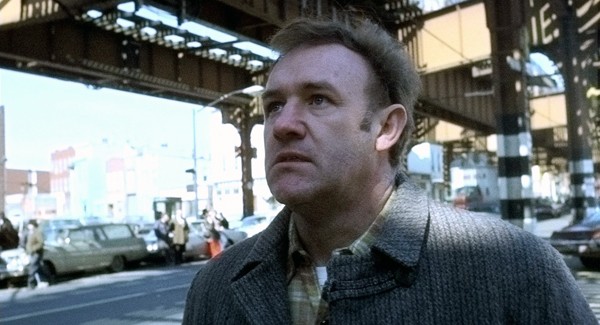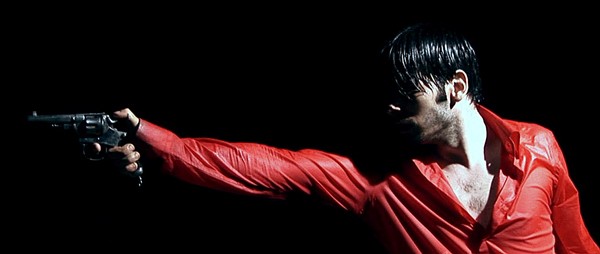While the main festival doesn’t start until November 1, Indie Memphis is busy helping the next generation of Bluff City filmmakers get off the ground.

12-year-old Chris Stromopolos (left) starring in Raiders of the Lost Ark: The Adaptation
The Indie Memphis Youth Film Festival takes place this Saturday at the Orpheum Theatre’s Halloran Centre. Indie Memphis Executive Director Ryan Watt says the festival has had a youth block for some time, but it was time to spin it off into its own event. “This is the first step towards what we hope will be a bigger and more active youth program.”
The response to the new program has been overwhelming. “I was blown away by how many submissions we got. This thing is going to be really cool. We’re going to be showing 27 short films at the Halloran Centre all day long. And it’s 100% free for K-12.”
The program will begin at noon on Saturday with a free lunch for attendees. In addition to the youth film competition, there will be a series of classes by Memphis area filmmakers. “You’ll hear from Craig Brewer on storytelling, Morgan Jon Fox on acting, and Jordan Danelz on cinematography,” among others, says Watt.
The festival will provide additional inspiration with the story of real-life kids who lived their filmmaking dreams. Tonight, the documentary Raiders! The Story of the Greatest Fan Film Ever Made will screen at Studio on the Square. It tells the story of Chris Strompolos and Eric Zala, two kids from Ocean Springs, Mississippi who decided to remake Stephen Spielberg and George Lucas’ classic Raiders of the Lost Ark, shot for shot, using only a VHS camera and whatever other materials they could get their hands on. Remarkably, after six years of work, they succeeded—almost. (How did they pull of the scenes in the submarine? They used an ACTUAL submarine!) The documentary’s frame is the tale of how the childhood friends came back together as adults to film the only scene they couldn’t get right the first time, the epic “Flying Wing” fight.

A screening of Raiders of the Lost Ark: An Adaptation will be the climax of the Indie Memphis Youth Film Festival
Then, on Saturday night, the Youth Film Festival attendees will be treated to the actual product of Stromopolios, Zala, and their friends’ labors. Raiders of the Lost Ark: The Adaptation first premiered over a decade ago at the Oxford Film Festival, and it is a must-see for anyone who has ever wanted to make their own movies. It highlights both the determination and resourcefulness of the young cast and crew, and the enduring perfection of Lawrence Kasdan’s screenplay, which continues to work just fine even when the visuals don’t measure up to Spielberg’s vision. Before the screening, the winners of the festival competition will be announced. The grand prize is a full day’s production services from Via Productions worth $4,000, plus $500 cash and an automatic entry into the main Indie Memphis competition for the winning film. There will also be an audience award worth $500, and a $250 award for the movie that best represents Memphis.
For more information, and to buy tickets to the events, go to Indiememphis.com
Indie Memphis Youth Film Festival Cultivates Next Crop Of Memphis Filmmakers


